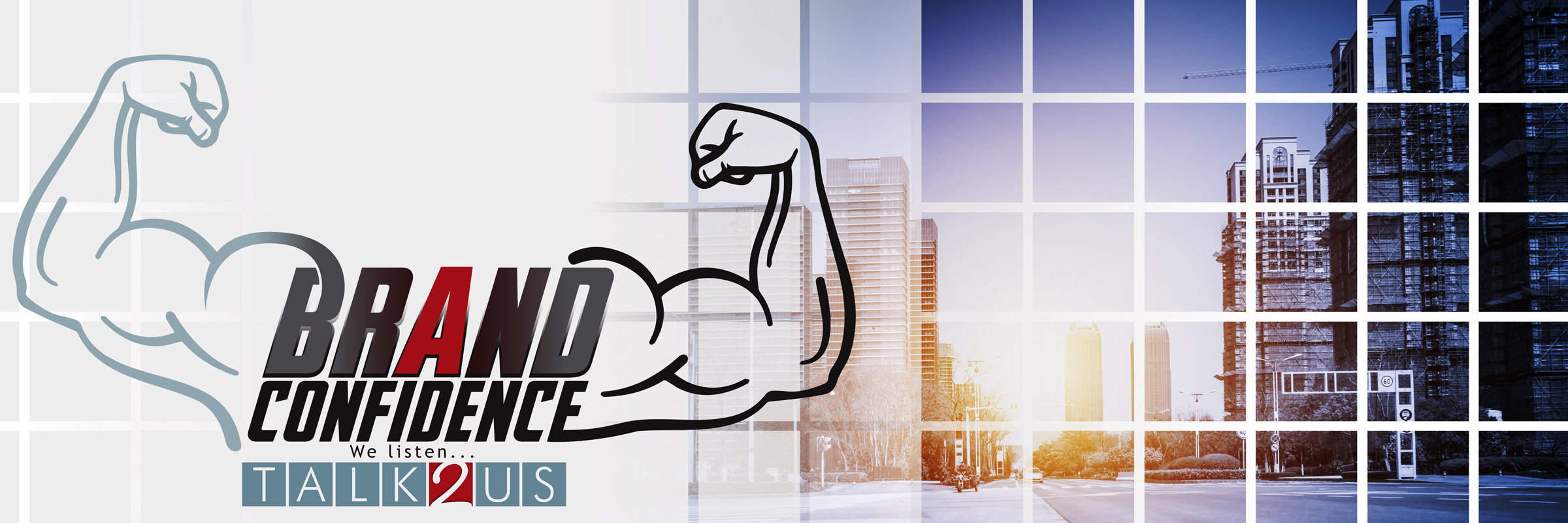
Overview
Confidence can be defined as an attitude that invokes an action and an emotion. The behaviours undertaken by brands determine an emotion that invokes action towards the brand. The stakeholder experience of the brand determines the attitude towards that specific brand, which either builds or breaks down confidence in the brand.
Practising brand confidence
The question on everyone's mind is: How do we build confidence? Confidence relies on a collaborative approach by all your people. They do, however, need to understand what role they play in building and delivering against your confidence rating.
Confidence is reliant on the brand's ability to focus on three areas in their business:
- Purpose that manifests itself in meaning;
- Self-awareness. Without it, you run the risk of being perceived as arrogant; and
- Emotional connection.
The above focus areas are reliant on the humanistic elements of your business. This is not a comfort zone for most leaders; it is the mechanistic side where they feel most at ease and, to some extent, in control. This feeling of control often leads to over-confidence and rigidity, neither of which promotes brand confidence in your stakeholders; these two traits are also counter-intuitive to the notion of future-proofing your brand.
A universal purpose that others can buy into and that can promote your brand's popularity is essential. To this end, it is important to immerse yourself in finding your brand's true purpose. That's because purpose sits at the very heart of confidence creation and building.
A brand needs to reflect your communication efficacy to, and across, all stakeholders with credible and transparent messaging and narrative, built on the truths of experience and exposure. Creating expectations that may seem bold and way out there tends to fall short on delivering an experience that resembles the expectation created. Confronting reality head-on with a healthy dose of self-awareness is a trait of truly confident brands.
There is a perception that emotional connection can only be established through physical interaction. Not so; brands are emotionally connected to their stakeholder through the experience they deliver. The multiple methods of 'speaking' with your clients using the technology available can sometimes be overwhelming. Authentic, meaningful messaging that connects with the reader in their preferred method of consumption is a brand confidence builder.
Top eight brand confidence builders
- Purpose beyond profit
Focus on the ethics. What is your culture, what are your traditions, aesthetics and values? Are they evident in everything you do? Can you and your people clearly articulate the 'why' behind your existence? - Feedback
Ask for it, accept and deal with it. Social media is a great tool for obtaining feedback, so don't knock it; embrace it. Approachable, regular polls and surveys engage all your stakeholders and raise the levels of confidence they have in their ability to add value to what you do. - People trust people
Do your people know enough to adequately sell and support your product/service? Automated systems don't have the qualities of empathy and understanding. Develop programmes and initiatives that help your staff understand what your consumers want and how they expect to be treated. - Transparency
Let them in; let them understand who your suppliers are, where you source product and who provides it. Praise staff and suppliers where it's due. An onboard programme for all stakeholders goes a long way to demonstrating transparency. - Collaboration
Can you really collaborate, or do you just pay lip service to the idea? The Dunning-Kruger effect applies here: you've heard of the word and understand what it means, but can you really do it? Are you open to co-branding, letting partners share in your knowledge and success if they were part of it? - Consistency
Your message, your design and your delivery should always be aligned and always be consistent. It should not be subject to the person servicing the client or to the time of day, week or year. Experience mapping and management are key. - Add value to the lives of your stakeholders
Make them feel special. Small things make all the difference. Don't let them walk away without gaining something, be it industry news, mind-boggling memes/infographics and tasty treats; these are sure-fire winners. - Be part of the community
Be aware of what's happening in your neck of the woods. Support the community and make their situation better (if they'll allow you to).
Your primary goal for your business should be not just to make profits (there won't be a business without it, everyone gets that) but also to build confidence in the stakeholders aligned with your brand. A confidence-building strategy will enhance, rather than detract from, the hardcore measurement of your brand's market value.
Take our brand confidence test below, ...
